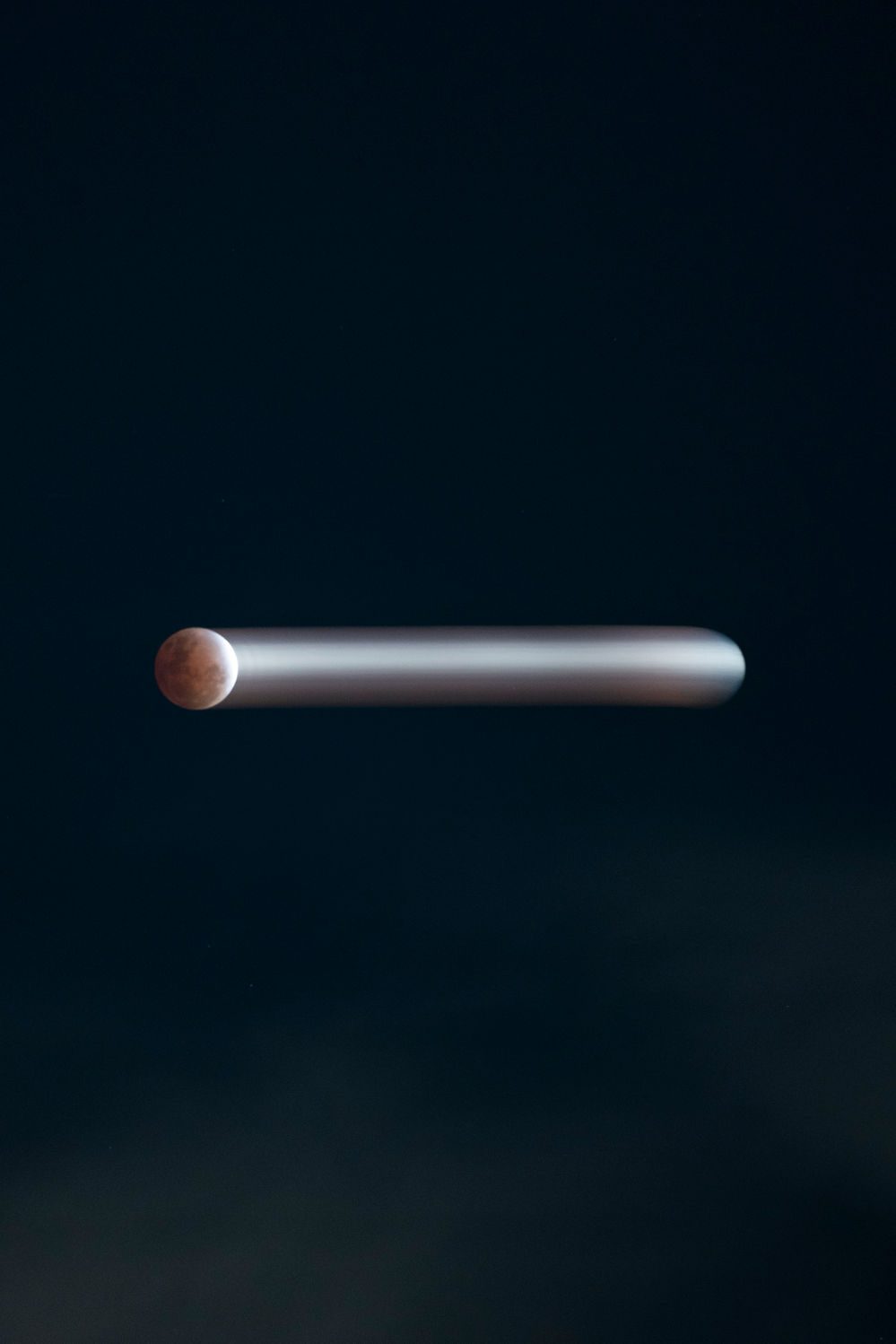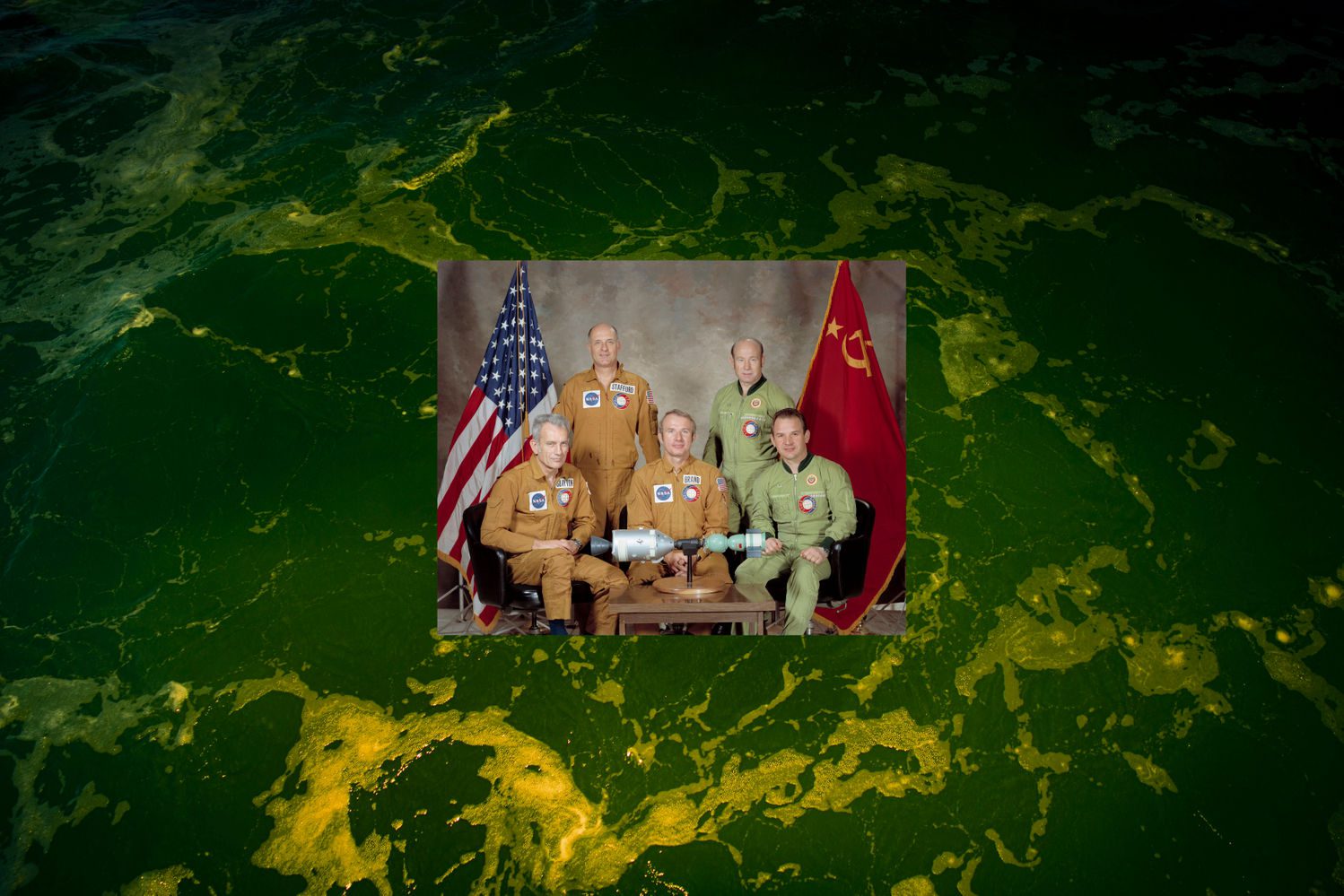The Gay Space Agency

Brian Murphy (they/them), an aspiring astronaut and winner of the 2021 Out Astronaut Contest, wearing a space suit for the first time.
Ongeveer 600 mensen zijn tot nu toe als astronaut in de ruimte geweest, maar geen van hen was openlijk LHBTQIA+. Sinds de oprichting in 1958 wees NASA actief toekomstige werknemers en astronauten af op basis van hun seksualiteit. Om de heteroseksualiteit van hun personeel te waarborgen, voerde NASA het Edwards Personal Preference Schedule classificatiesysteem in, dat de seksuele voorkeur van aspirant-astronauten testte.
Hoewel er in 2016 een speciaal LHBTQIA+ Special Emphasis Program werd opgezet, dat bedoeld was om inclusiviteit in het personeelsbestand aan te moedigen, heeft nog geen enkele openlijk LHBTQIA+-astronaut een ruimtevlucht gemaakt.
De serie The Gay Space Agency bekritiseert de historische uitsluiting van LHBTQIA+-astronauten door het Amerikaanse ruimtevaartprogramma. Daarbij maakt het project gebruik van archiefbeelden, actuele beelden van het ruimteprogramma, collages en gemanipuleerde fotografie om zich een geschiedenis voor te stellen die LHBTQIA+-rolmodellen ophemelt en de vraag stelt wat het betekent om de “right stuff” te hebben.
Een humoristische maar kritische serie die een belangrijke vraag aan de orde stelt voor ons allemaal: Hoe open en veilig zijn onze eigen werkplekken?
Over de fotograaf
Mackenzie Calle is een fotograaf uit Zuid-Californië, momenteel gevestigd in Brooklyn. Ze groeide op als atlete met een passie voor wetenschap en televisie, wat haar leidde naar NYU’s Tisch School of the Arts waar ze afstudeerde in Cinema Studies en lid was van het volleybalteam van de school. Meer dan vijf jaar lang werkte ze voor NBCUniversal als fotoproducent, redacteur en fotograaf voor verschillende netwerken, waaronder NBC, Bravo, MSNBC, CNBC en NBC News.
In 2021 kreeg ze de Director’s Fellowship om het programma Documentaire Fotografie en Visuele Journalistiek te volgen aan het International Center of Photography. Later dat jaar begon ze met The Gay Space Agency, dat de geschiedenis van NASA-astronauten en de LGBTQ+-gemeenschap onder de loep neemt. Het project werd onlangs bekroond met de Magnum Foundation Counter Histories grant en stond op de shortlist van de PhMuseum Women Photographers Grant.

Manipulated NASA image of the Space Shuttle Challenger during mission STS-7, June 1983. Dr. Sally Ride was one of the five crew members. This flight made her the first known LGBTQ+ astronaut.

The top image is the cover of a 1950 Senate report that incited the Lavender Scare, a government initiative to fire any LGBTQ+ federal employee. In over two decades, 5,000-10,000 employees were removed from the federal government. NASA was formed in 1958 and as a United States government agency, all of its employees, including astronauts, were included under this order. The bottom is a surreal image of geothermal mud pots.

NASA image of an audience watching the film Apollo 11: First Steps Edition at the National Air and Space Museum in Washington, D.C., May 2019. Former United States Vice President Mike Pence sits in the right foreground. The film has been replaced by my image of two women kissing, January 21, 2022.

Early astronauts and their families, including Apollo 11 astronauts Neil Armstrong (second row, first from right) and Buzz Aldrin (second row, second from left).

Lunar eclipse from November 19, 2021, captured with long exposure. The next phase of the American space program, Artemis, aims to not only return humans to the moon but establish a long-term presence on the surface.

A queer woman, semi-erased from the world.

Early astronaut homes in the El Lago neighborhood of Houston. Most of the Mercury, Gemini, and Apollo astronauts and their families lived in the few surrounding neighborhoods near NASA Johnson Space Center.

I gave 100 people a Rorschach ink blot and asked them what they saw in the images. Early astronauts needed to see feminine anatomy in order to become an astronaut. Some of these people would have passed and most would not have.

NASA image of the crews of the Apollo-Soyuz Test Project, March 1975. This was a joint operation between the Soviet Union and the United States, which signaled the end of the space race and marked the beginning of a decades long partnership between the U.S. and USSR/Russia, a nation known for its anti-LGBTQ+ stance. The background image is my surreal landscape of water, September 20, 2021.

Dr. Jason Reimuller, Executive Director of Out Astronaut, during spacecraft escape simulations.

Grid of Soyuz MS-11 landing on June 25, 2019, with a crew of three astronauts, including Anne McClain. McClain was outed months later by the media when an article came out about her wife filing legal proceedings against her. The grid is pixelated as a nod to her hidden identity.

Ranking system of the Edwards Personal Preference Schedule, one of the two heterosexuality tests early astronauts were required to take.

Manipulated NASA image of advanced crew escape suits, used since 1994 on Space Shuttle Missions.

Kennedy Space Center just before the launch of SpaceX Crew-3, November 10, 2021.
About the series
Around 600 people have been in space as astronauts so far, but none of them have been openly LGBTQIA+ people. Since its foundation in 1958, NASA actively rejected prospective employees and astronauts on the basis of their sexuality. To ensure the heterosexuality of their workforce, NASA implemented the Edwards Personal Preference Schedule ranking system, which tested the sexual preferences of aspiring astronauts.
Albeit creating a dedicated LGBTQIA+ Special Emphasis Program in 2016, which intended to encourage inclusivity in the workforce, no openly LGBTQIA+ astronaut has yet achieved spaceflight.
The series The Gay Space Agency confronts the American Space program’s historical exclusion of LGBTQIA+ astronauts. In doing so, the project uses archival images, current images of the space program, collage and manipulated photography to reimagine a history which celebrates LGBTQIA+ role models and ask what it means to have the “right stuff.”
A humorous yet critical photography series that raises an invaluable question for all of us; How open and safe are our own workspaces?
About the photographer
Mackenzie Calle is a photographer from Southern California, currently based in Brooklyn. She grew up as an athlete who was passionate about science and television, which led her to NYU’s Tisch School of the Arts where she majored in Cinema Studies and was a member of the school’s volleyball team. For over five years she worked for NBCUniversal as a photo producer, editor, and photographer across networks including NBC, Bravo, MSNBC, CNBC, and NBC News.
In 2021 she was awarded the Director’s Fellowship to attend the Documentary Photography and Visual Journalism program at the International Center of Photography. Later that year, she began The Gay Space Agency, which reckons with the history of NASA astronauts and the LGBTQ+ community. The project was recently awarded the Magnum Foundation Counter Histories grant and was shortlisted for the PhMuseum Women Photographers Grant.

